The Mission 778X Integrated Amplifier – Mid-Range Magic on a Budget.
MSRP: $999 Canadian.
Review by David Neice
Verdict: Can an amplifier costing just less than a grand Canadian do duty as a serious audiophile component? Enter the new Mission 778X, an amplifier with mid-range magic to spare and an ‘oh so smooth’ character that lights our fuse.
Mission (via IAG) has revisited its 80’s era past (when it manufactured more than just speakers) and has now revived the original 778 amplifier – but they’ve brought it forward and redefined it with full digital capabilities whilst retaining the original half-width styling cues. We will discuss the digital ins and outs of this amp in the review, but be aware that the standard analog inputs (including a dedicated MM phono stage) are really superb. Also, it’s a Class AB design with a real toroidal power transformer.
I have lived with the 778X for two months now and can strongly recommend it to anyone looking for high quality sound at reasonable cost. Well done, Mission!
General Description
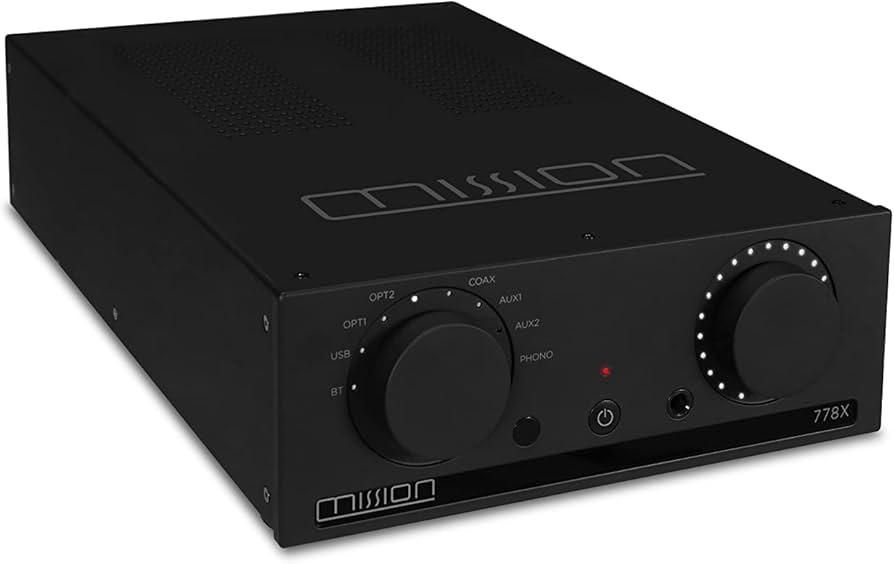 Do reviewers read reviews? In my case, yes it is true, and I have a few favourites. When the Mission 778X was first introduced I couldn’t help but notice the almost immediate positive reviews by ‘What Hi-Fi’, as well as a YouTube posting by Tarun – ‘A British Audiophile’. Their glowing accounts of the new amp certainly piqued my curiosity.
Do reviewers read reviews? In my case, yes it is true, and I have a few favourites. When the Mission 778X was first introduced I couldn’t help but notice the almost immediate positive reviews by ‘What Hi-Fi’, as well as a YouTube posting by Tarun – ‘A British Audiophile’. Their glowing accounts of the new amp certainly piqued my curiosity.
The first thing you notice about the 778X is the ‘form factor’ as the computer geeks term it. It is a half-width design and it retains the look of the original Mission 778 as well as of the many subsequent Cyrus components which were a design spin off from Mission electronics.
The branding associated with the Cyrus line took off and many Cyrus components continue to be available today. So, in summary, the look of the original is retained but the guts of this new design are completely modernized.
This is a fully formed digital-ready amplifier with its own internal digital board and DAC to handle all the digital connections. Unlike say, the Rega io or their Brio, which are basically analog input and outputs only, the Mission 778X is a modern full service amplifier. This makes it a true bargain in a hotly contested segment of the market.
On the faceplate there are two lovely large controls that function smoothly to select source and volume with LED markers. There is a rear mounted main on/off switch but the Mission also includes a useful stand-by function that can be triggered by the remote (footnote 1) or else by a button on the face plate.
Around the rear are quality binding posts and RCA connectors, and lots of digital connection flexibility. On the front panel there is a standard headphone socket and the amp includes a dedicated headphone circuit. The headphone circuit automatically mutes the speakers when headphones are used.
Overall the unit has the feel of a quality built component. I did not flip the lid open but other reports of the unit also emphasize its quality feel (footnote 2). Case finishes are available in either black or silver.
Features and Specifications
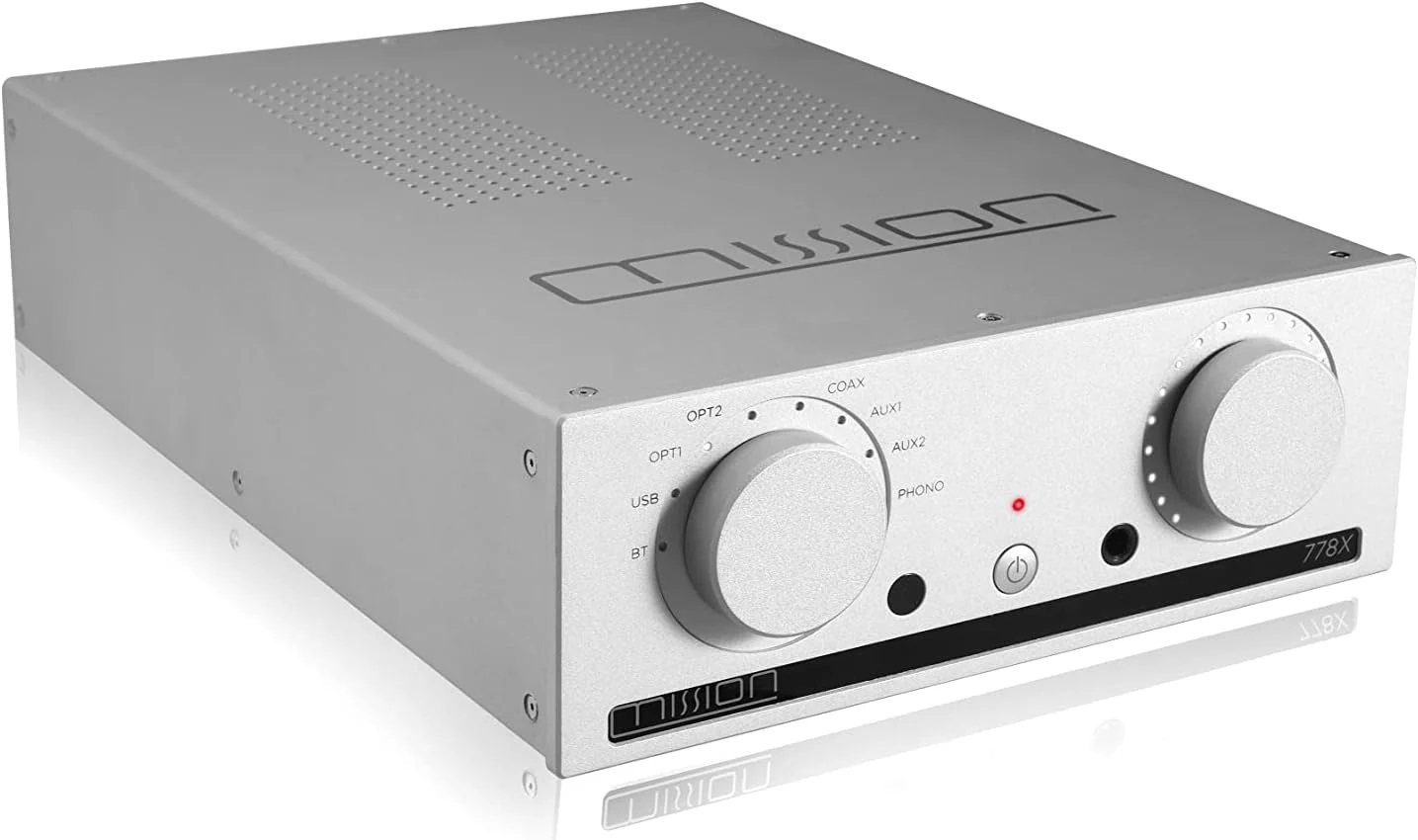 This is an integrated amplifier pushing 45 watts into 8 ohms or 65 watts into 4 ohms. While this may seem to be modest by today’s standards, at no time did I feel the amplifier was underpowered. Indeed I found it quite the contrary. During all of the review period I was generally goosing the output via the remote volume control and was quite enjoying the added boost. The little Mission never ran out of gas.
This is an integrated amplifier pushing 45 watts into 8 ohms or 65 watts into 4 ohms. While this may seem to be modest by today’s standards, at no time did I feel the amplifier was underpowered. Indeed I found it quite the contrary. During all of the review period I was generally goosing the output via the remote volume control and was quite enjoying the added boost. The little Mission never ran out of gas.
The amplifier offers two analog line level inputs via RCA jacks, and a dedicated high-performance moving magnet phono stage. In addition there is an RCA analog output so that the amps’ preamp stage can be used to drive an external amplifier – or else this output can be used to drive a subwoofer.
On the digital side of things the amp has an onboard DAC, in this case an ESS Sabre32 ES9018K2M reference chip. This ensures audio file compatibility to 384kHz in PCM mode, or up to DSD256. Bluetooth 5.0 with aptX and AAC support is built in.
A plethora of digital inputs and outputs festoon the back panel. These include four inputs – one coaxial, two Toslink optical, and one for computer USB audio. Digital outputs include one coaxial and one Toslink optical. Further specifications can be found at the end of this review.
Digital Flexibility
 It is useful to compare the Mission’s digital flexibility to other amps in the price range as the little Mission is blessed with internal circuitry that would make its competitors much more costly. For instance, as noted above, the Rega budget amps only handle analog inputs. Similarly, the $370-more expensive budget level Audiolab 6000A does have coaxial and optical inputs, but no USB or digital outputs. Some of NAD’s amps are spec’d similarly and priced comparably to the Mission, though they aren’t Class AB.
It is useful to compare the Mission’s digital flexibility to other amps in the price range as the little Mission is blessed with internal circuitry that would make its competitors much more costly. For instance, as noted above, the Rega budget amps only handle analog inputs. Similarly, the $370-more expensive budget level Audiolab 6000A does have coaxial and optical inputs, but no USB or digital outputs. Some of NAD’s amps are spec’d similarly and priced comparably to the Mission, though they aren’t Class AB.
So really, the little Mission offers lots of digital (and analog) flexibility also offers great market value. The USB input means that a computer such as a Macbook or Windows laptop can be used to feed/stream files into the Mission. A separate user manual is provided that outlines the use of a second USB port used for firmware updates.
Set-up
For purposes of this review, the Mission was paired with DALI Spektor 1 stand mount speakers and a REL T/Zero Mkiii sub. This combination proved to be just delightful, and the total price for this system is around $2000 Canadian new.
CD duties were assigned to a Cambridge Audio 640 CD player. The Cambridge player also served as a CD transport using its coaxial output. This allowed me to directly test the sound quality of the ESS Sabre DAC as compared to the Wolfson DACs in the Cambridge player.
Vinyl reproduction was tested two ways. A Gold Note Valore TT with a Hana low output moving coil cartridge was fed through a Parasound phono stage and into the Mission’s line 1 analog input. Secondly, a vintage Marantz turntable with an Empire cartridge was fed directly into the MM stage of the Mission to check out the on-board moving magnet phono section. (Footnote 3)
Sound Quality
Every reviewer knows when a component is a real winner. Two things happen. Firstly there is a compelling desire to turn up the volume to levels that are rarely sought with other gear. Secondly there is a corresponding desire to ‘keep it playing’ which is usually effected by hauling out loads of previously closeted CDs and vinyl records in order to ‘hear through’ many favoured pieces by giving them extra attention.
In other words, the critical function of doing a review shuts off and you just want to fall into the music. Both of these things happened with the Mission 778X.
This amplifier is all about the soundstage and the accompanying mid-range magic. The Mission is butter smooth and one has the impression that it has been voiced this way intentionally. I cannot be sure of that, but in reality one can log endless hours of listening with nary a hint of listener fatigue.
The soundstage is outstanding, both wide and deep, with pinpoint perceptions of the musicians in the mix. Between the excellent soundstage and the velvet smooth mid-range my inclination was to increase the volume levels to scales that I usually avoid lest I be put off by compression effects in the recording. I can say without hesitation that I have never heard so much music at such loud levels in several years of reviewing. The little Mission just soldiered on and never broke a sweat.
Selections
These track selections will just offer a small flavour of the vast array of CDs and vinyl I chose for playback. I found that the louder levels permitted by the Mission allowed me to dig out many albums that have long languished in my collection.
First up is the CD Too Long in Exile by Van Morrison. This album is actually a collaboration as John Lee Hooker appears on the CD in several spots both as a guitarist and as a singer.
From the first few notes of Morrison’s singing I was smitten by the ability of the little Mission to get his voice right. I have pretty much a complete collection of Morrison’s recordings from the early days with ‘Them’ up to the present. I always use his voice as an acid test of a component’s mid-range accuracy as his voice has changed over the intervening years and I am quite familiar with these changes. One could say without much exaggeration that my system is carefully ‘tuned’ to reproduce several decades of Morrison’s voice.
The Mission really hit the bullseye. And this was further confirmed in a duet of the classic track ‘Gloria’ which Morrison and Hooker romped through at full throat. At the end of this track I was limp. Hooker’s guitar riffs were also highlighted and the whole track is just stonkingly well done.
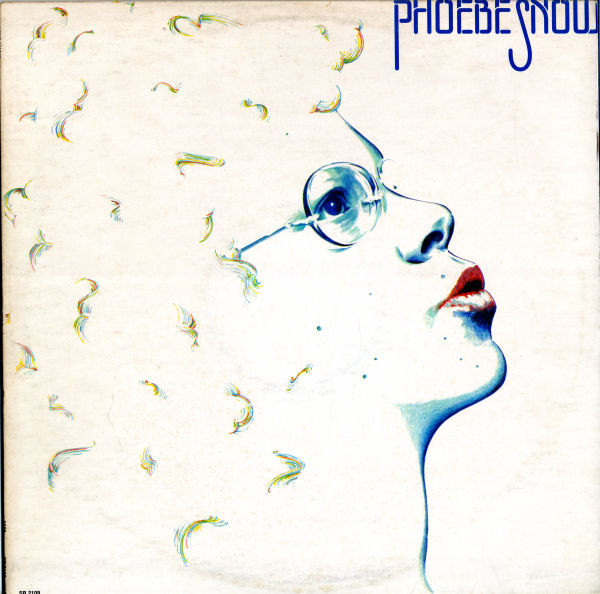 Next up is the eponymously named vinyl LP by Phoebe Snow and in particular the track Poetry Man. There was a time when you could not enter an audio emporium without hearing this record. The sales staff generally all loved the ‘aliveness’ that permeates this recording. My fond recollection of this LP was restored as the little Mission dug deep into the tracks and rendered me delighted by Snow’s performance.
Next up is the eponymously named vinyl LP by Phoebe Snow and in particular the track Poetry Man. There was a time when you could not enter an audio emporium without hearing this record. The sales staff generally all loved the ‘aliveness’ that permeates this recording. My fond recollection of this LP was restored as the little Mission dug deep into the tracks and rendered me delighted by Snow’s performance.
The mid-range in particular was exemplary in showcasing Phoebe Snow’s gritty vocal range and highlighting the drive of the tracks. There are a lot of bell sounds on this recording and these were admirably handled with true to life leading edges and trailing decays. I found, once again, that I was boosting the volume levels in order to get closer to the performance.
Then I spun up The Blind Boys of Alabama, using their CD Spirit of the Century. I have a number of Blind Boy albums but this is one of my all-time favourites. Blind Boy albums make extensive use of slide guitars and pedal steel instruments and there is a bluesy feel to their gospel songs that is enormously appealing to me.
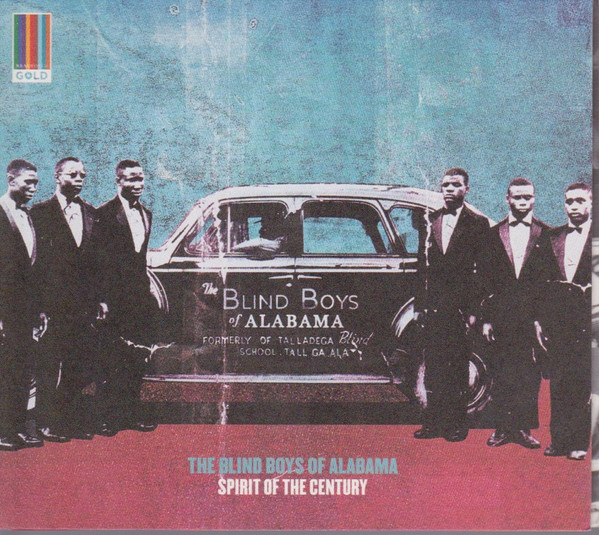 I found the little Mission was very effective at separating the singer’s vocals where the interplay of their voices is key to the performance. Once again I boosted the volume to levels which I usually avoid in order to get closer to the performers. Predictably, one CD led to another and before long I had exhausted my whole list of Blind Boy albums, but I was quite happy.
I found the little Mission was very effective at separating the singer’s vocals where the interplay of their voices is key to the performance. Once again I boosted the volume to levels which I usually avoid in order to get closer to the performers. Predictably, one CD led to another and before long I had exhausted my whole list of Blind Boy albums, but I was quite happy.
I have a nearly pristine remastered vinyl (200 gram) copy of the great John Klemmer’s masterpiece recording Touch. The whole album is a treat but I will concentrate here on the first few tracks. Klemmer plays ‘the big horn’, the tenor saxophone, but plays it in a languid style which is very much the antithesis of be-bop. His tracks are rich in reverberation, either studio induced or else an artifact of the recording venue.
The little Mission was able to endear me with its reproduction of these reverberant fields and I found I was constantly toe tapping to the music. In particular the title track Touch is a tour de force with rich use of the lower registers of the tenor saxophone. I particularly like the use of bells in the background of the recording and the leading edges and transient decays were once again well rendered. I have not heard this album for some time and it was made quite delightful thanks to the Mission singing through the DALI Spektor 1s.
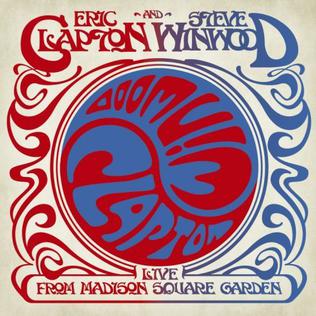 I have a two-CD collection of a much loved live recording by Eric Clapton and Steve Winwood performing in concert at Madison Square Garden. This collection is best played in its entirety and I did this twice. I was really able to ‘crank it up’ and the audience reaction is a treat in itself. Of particular appeal are the tracks I Can’t Find My Way Home and Dear Mr. Fantasy.
I have a two-CD collection of a much loved live recording by Eric Clapton and Steve Winwood performing in concert at Madison Square Garden. This collection is best played in its entirety and I did this twice. I was really able to ‘crank it up’ and the audience reaction is a treat in itself. Of particular appeal are the tracks I Can’t Find My Way Home and Dear Mr. Fantasy.
Winwood’s voice presents certain problems to any hi-fi system as he is often hard to decipher. I was a bit surprised at how clean the reproduction of his voice was by the little Mission. Similarly, the long solos by Clapton were satisfyingly reproduced and in my view this CD compilation has never sounded better on my system.
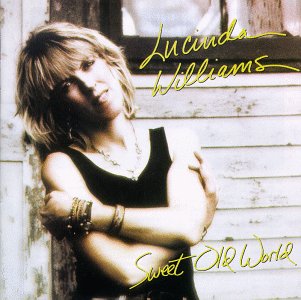 Recently a pair of previously released Lucinda Williams CDs came into my collection and so I spun these up as I quite like her early releases. The first CD is called Little Honey and I draw your particular attention to the track Tears of Joy. This is a blues-rock track and highlights Williams’s voice. The track has a lot of power, particularly the guitar solos, and I was pleased to see that the Mission amp was able to unpack this power. Soundstaging, a sterling feature of this amp, was exemplary.
Recently a pair of previously released Lucinda Williams CDs came into my collection and so I spun these up as I quite like her early releases. The first CD is called Little Honey and I draw your particular attention to the track Tears of Joy. This is a blues-rock track and highlights Williams’s voice. The track has a lot of power, particularly the guitar solos, and I was pleased to see that the Mission amp was able to unpack this power. Soundstaging, a sterling feature of this amp, was exemplary.
The second Williams CD selected is Sweet Old World, and the track that blows me away is called Pineola. This is a straight ahead country music lament describing the untimely gun death of a brother. William’s sings it in as sorrowful a voice as can be imagined and the band plays the descending chords over and over while the tale of a young sister’s love drenches the song in family sorrow. It is a shattering recording, as strong as anything Williams has ever performed. The little Mission captures it well and it sings its heart out too. I am so glad I heard this track through this amplifier.
Comments on the DAC Sound (and Headphones)
The sound of the ESS Sabre DAC was quite good and was almost indistinguishable from the Wolfson DAC(s) resident in my Cambridge CD player. There was, however, a slight but important difference.
I set up the Mission so that a direct comparsion of the DACs could be made. I ran a coaxial cable out of the Cambridge player into the coaxial input on the Mission and as it turned out the two inputs (coax and analogue input 1) were placed side by side on the selector knob. This allowed easy switching via the remote control so that quick comparisons were possible.
Overall the Wolfson chip in the Cambridge player sounded more crispy and this essential character highlighted the leading edges of notes. Thus, for this listener at least, there was a slight advantage to the Wolfson over the ESS DAC. However, this was not a pronounced effect but was very subtle.
Headphones are not my taste in audio. I have a pair of Audio-Technica cans but I hardly ever use them. I can report though that when I plugged them in the little Mission did a fine job of reproduction befitting its dedicated headphone circuit.
Comments on Bluetooth 5.0
Bluetooth setup is a snap. I have many carefully curated playlists on Spotify that I listen to frequently via Wi-Fi. These can be accessed via the Spotify app on my Samsung smartphone and I tested several of these playlists on the Mission.
All you do is set the function control on the Mission to BT, wherein the LED flashes to indicate that the Mission 778X is ready to pair, and then go into the Bluetooth settings on your smart phone and select ‘Mission 778X’ to pair the devices, and bingo the Bluetooth codec kicks in and music issues forth from your music app.
It’s not high end hi-fi by any stretch as my smart phone does not handle the superior aptX codec available on the Mission, but it is good enough for background listening and the simple convenience it offers is a big plus. (I have high-rez files on my phone that I play through the PowerAmp app, and I found the Mission’s Bluetooth performance to be excellent. -Ed.)
Summary and Conclusion
I cannot stress enough the flexibility offered by the little Mission, as compared to its peers, due to the integration of many digital inputs and outputs. Mission’s competition will likely take note. This is a modern full-featured amplifier with loads of mid-range magic that will keep its owner foot-tapping for as long as they own it. The analog inputs are superb and the choice of the ESS Sabre DAC works well to shore up the onboard digital ins and outs.
I therefore heartily recommend it to readers of Wall of Sound, and commend Mission on their very modern reinvention of this particular classic. I will be sorry to see it leave.
Footnote 1: A small and fairly basic plastic remote is included in the package but it does the essential job.
Footnote 2: Other reviewers report on the Mission’s innards and say that the amplifier has a toroidal transformer and a distinct separate digital connection board.
Footnote 3: Thanks are due to my friend Larry Stacey for lending me this turntable package.
My thanks go out to Noam Bronstein and Stereo Untypical for making the Mission 778X available for review.
Further Specifications
- Integrated Amplifier (45 watts @8 ohms, 65 watts @4 ohms)
- ESS Sabre32 ES9018K2M Reference Chip
- Ultra-low Noise Digital Audio File Compability (384kHz PCM, DSD256)
- Bluetooth 5.0 (aptX / AAC) Support
- Dedicated High-performance, Low-noise MM Phono Stage
- Headphone AMP With High-speed Output Signal Transition
- USB Upgrade Support
- Large Tactile Controls With LED Level Indicators
- Digital Inputs 1 x Coaxial, 2 x Toslink Optical, 1 x PC USB, 1 x Bluetooth (aptX/AAC)
- Analog Inputs 2 x AUX RCA, 1 x RCA (Phono MM)
- Outputs 1 x Coaxial, 1 x Toslink Optical, 1 x RCA (PRE Out)
- Sampling Frequency Optical / Coaxial: 44.1kHz-192kHz;
- PC USB:44.1kHz-384kHz(PCM) / DSD64, DSD128, DSD256
Disclosure: This review sample was provided by Stereo Untypical, a retail shop owned by Noam Bronstein, who is also the Editor at Wall of Sound.

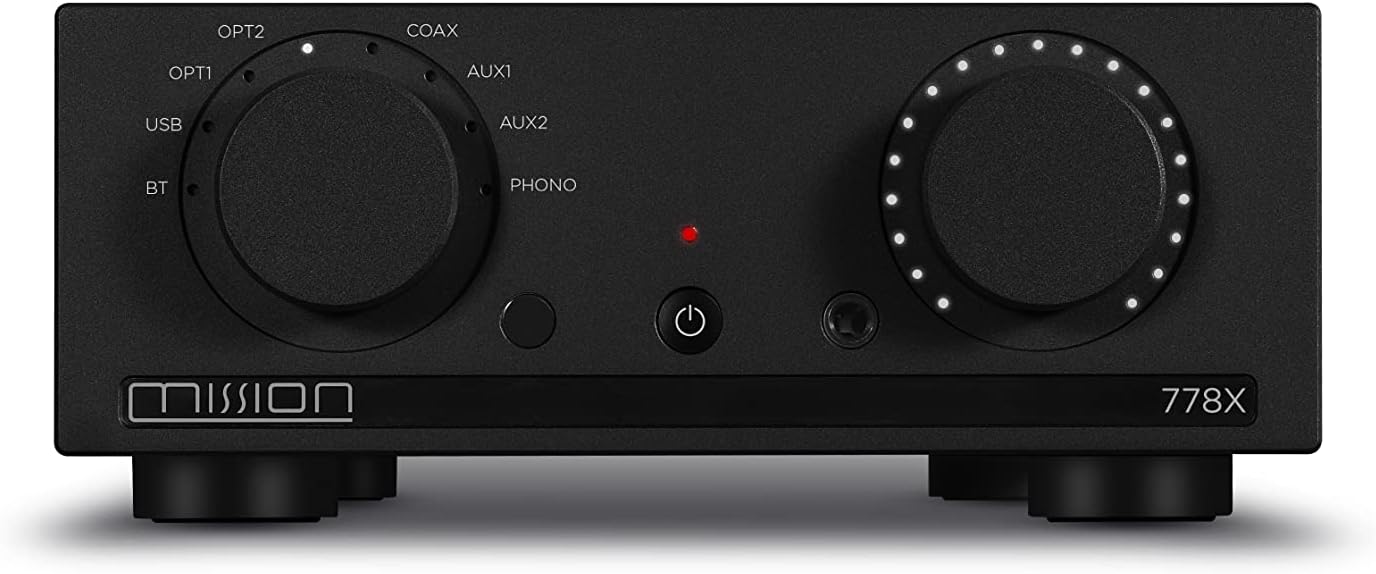
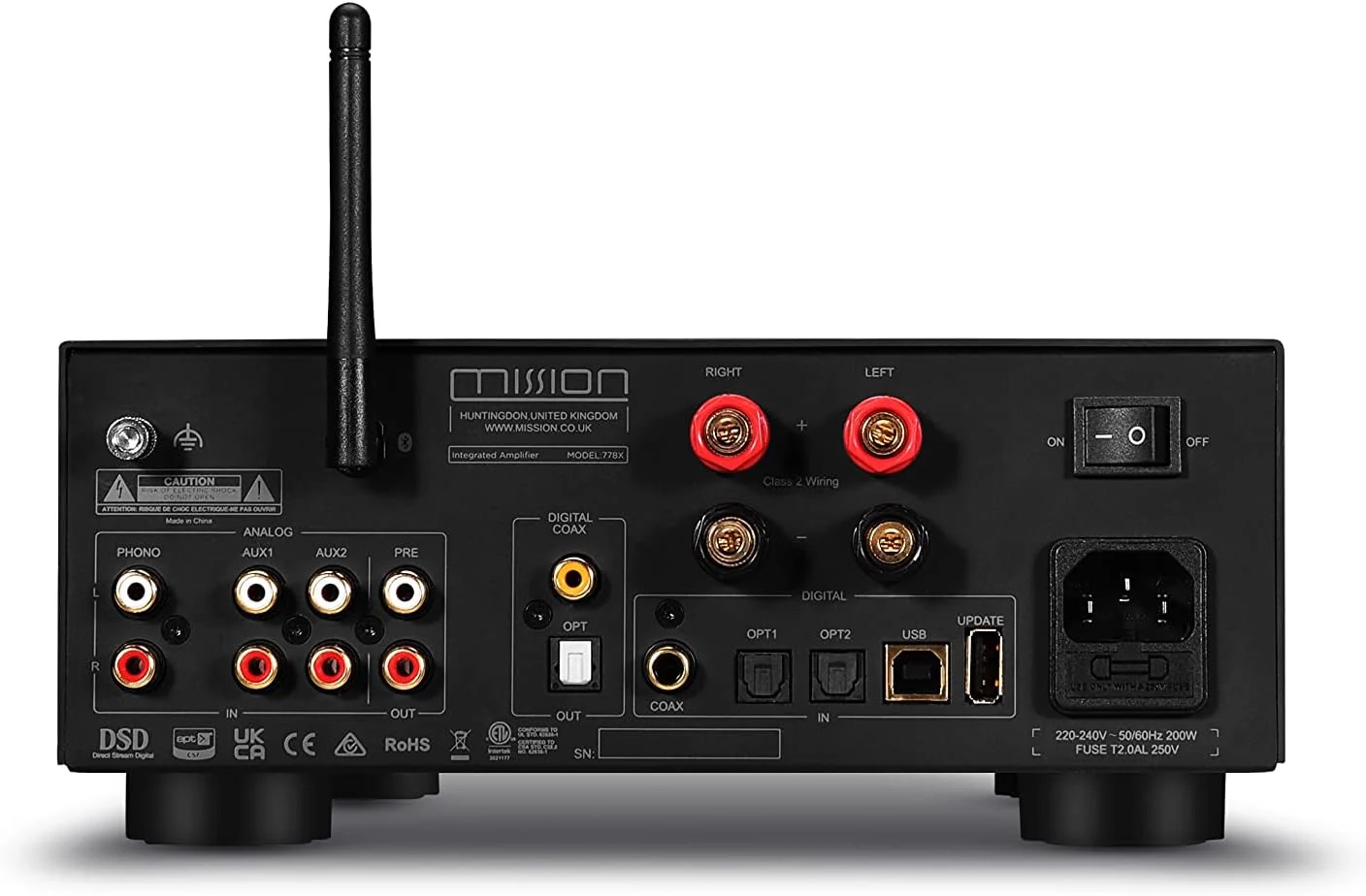
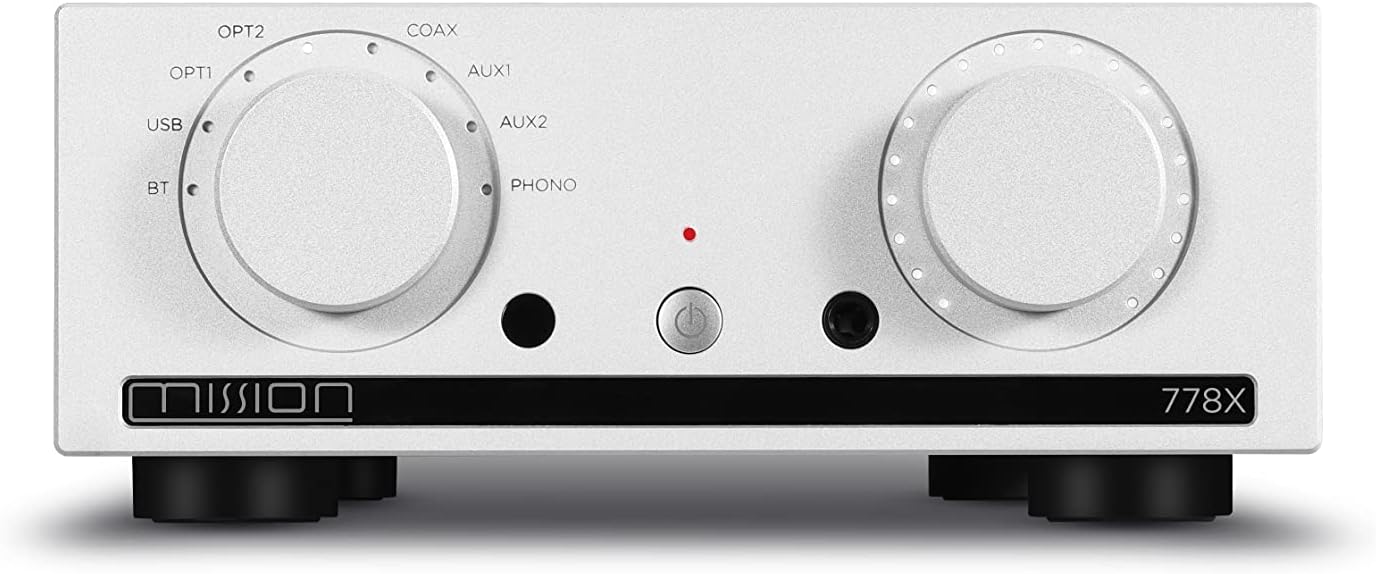
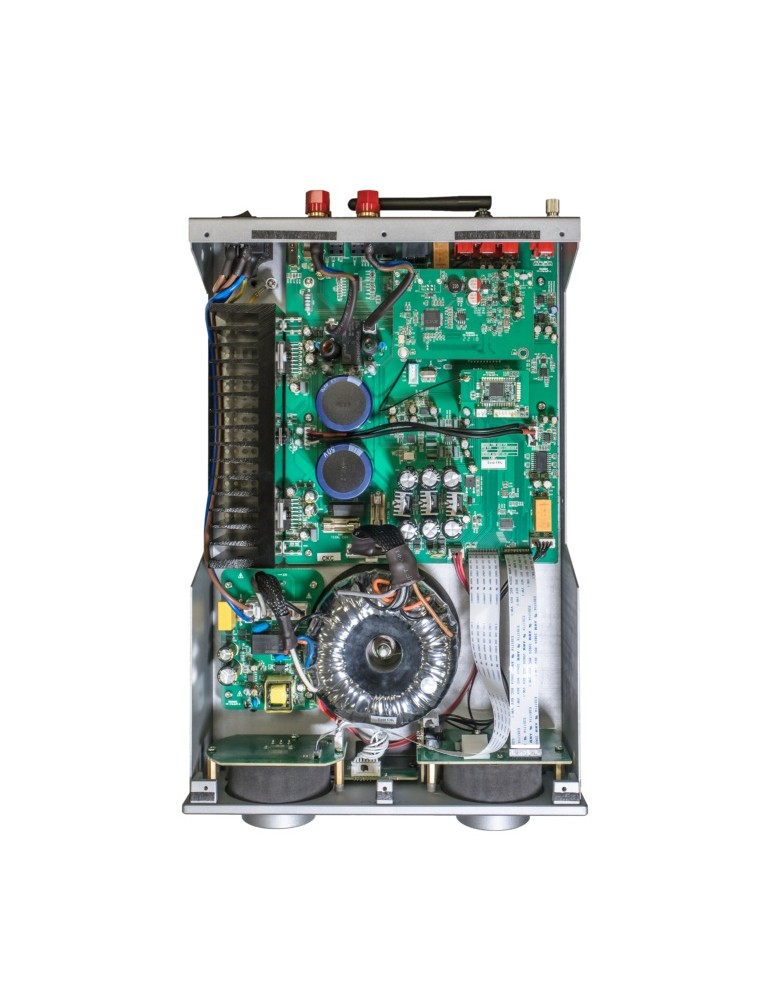
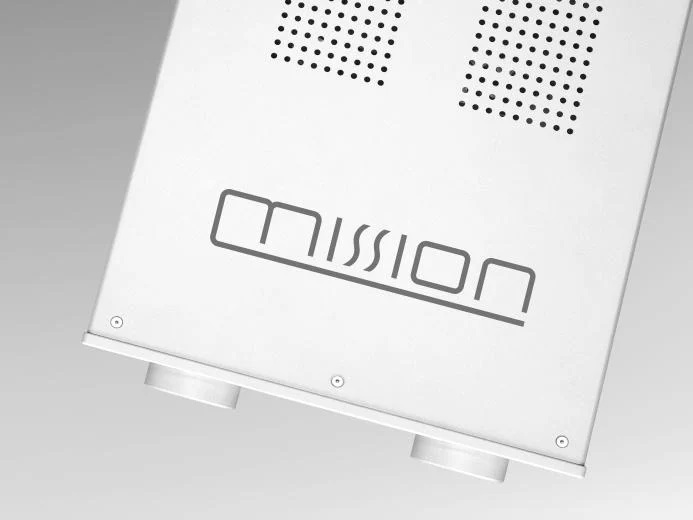
I’ve owned this amp for over a year & I echo your review, it’s used everyday & I’ve never been fatigued by it’s sound.
Used with Audiolab 6000CDT & Wharfedale EVO 4.1 the synergy between the components is excellent which is understandable as they are all from the IAG product line.
Laptop used for streaming.
Footnote to your footnote about the remote the underside is plastic the top plate is aluminium the same as my cd transport’s.
Hi,
I am still fondly remembering the little Mission amplifier. It is one of the most enjoyable components that I have ever reviewed. If I did not have too many otehr pieces in my collection I would have definitely bought one. Enjoy!
Cheers,
David Neice